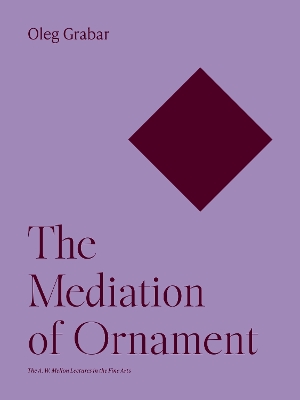Bollingen Series (General)
1 total work
The author shares not only a veteran art historian's love for the sensuality of Islamic ornamentation, but also uses this art to show how ornament in general enables a direct, immediate encounter between viewers and art objects from any culture and time period. Based on universal motifs, ornamentation occurs in many artistic traditions, although it seems to reach its most expressive, tangible, and unique from recently discovered frontispieces in Yemen to tilework in the Alhambra. The text compares these works to Western examples, treating all pieces as testimony of the work, life, thought and emotion experienced in one society. From this discussion, ornament emerges as a consistent intermediary between viewers and artistic works throughout time. Grabar defines ornaments as agents that are not logically necessary to the perception of a visual message but without which the process of understanding would be more difficult - they in fact often draw us into a work by strengthening the pleasure derived from looking at it. A major portion of this book explores four particularly influential forces on the development of ornament: writing (calligraphy), geometry, architecture and nature.
